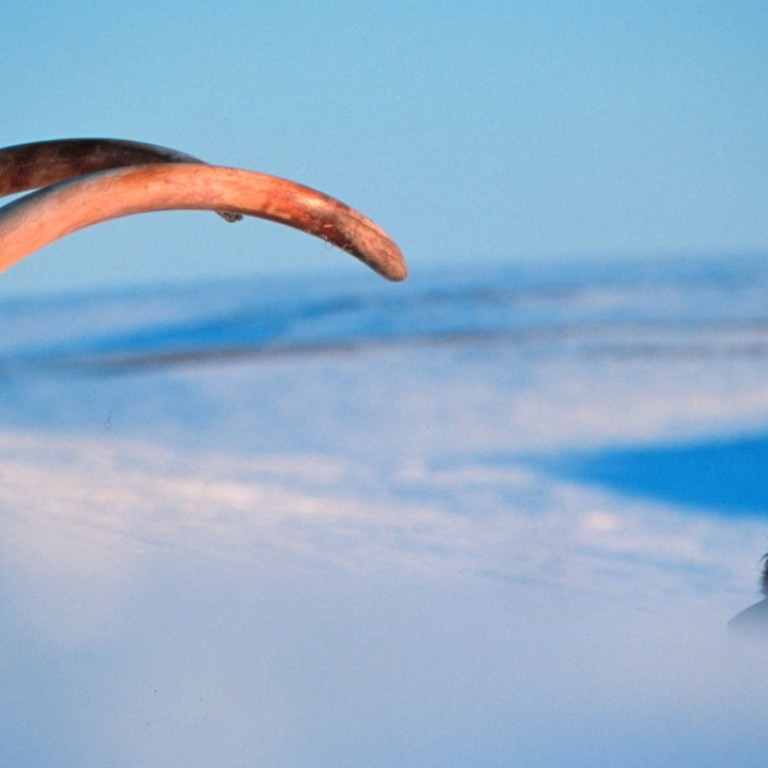
Russian mammoth ivory hunt grows in face of elephant tusk ban – but can it help save Africa’s endangered herds?
Adventurers in northern Russia are on the hunt for ivory from extinct woolly mammoths in the melting permafrost. Once excavated, the tusks are sold to dealers in Hong Kong as a replacement for elephant ivory
In the remote tundra and boreal forests of northern Russia, droves of explorers ply the rivers on speedboats, often carrying little more than makeshift water pumps, provisions to survive for a few days, and weapons to scare off wild bears.
They hope to unearth a treasure that has been lying beneath the frozen ground for thousands of years, and – like gold diggers in the Wild West – they are lured by tales of fortunes made in a single day.
Mammoth skeleton auctioned for more than half a million euros
They are not looking for gold, though. They are searching for the remains of an animal that roamed the frozen steppes during the last Ice Age – the woolly mammoth.
The demand for mammoth ivory in Hong Kong and China has been boosted by a clampdown on the trade of tusks from the endangered African elephant – a material used to carve intricate sculptures and figurines.
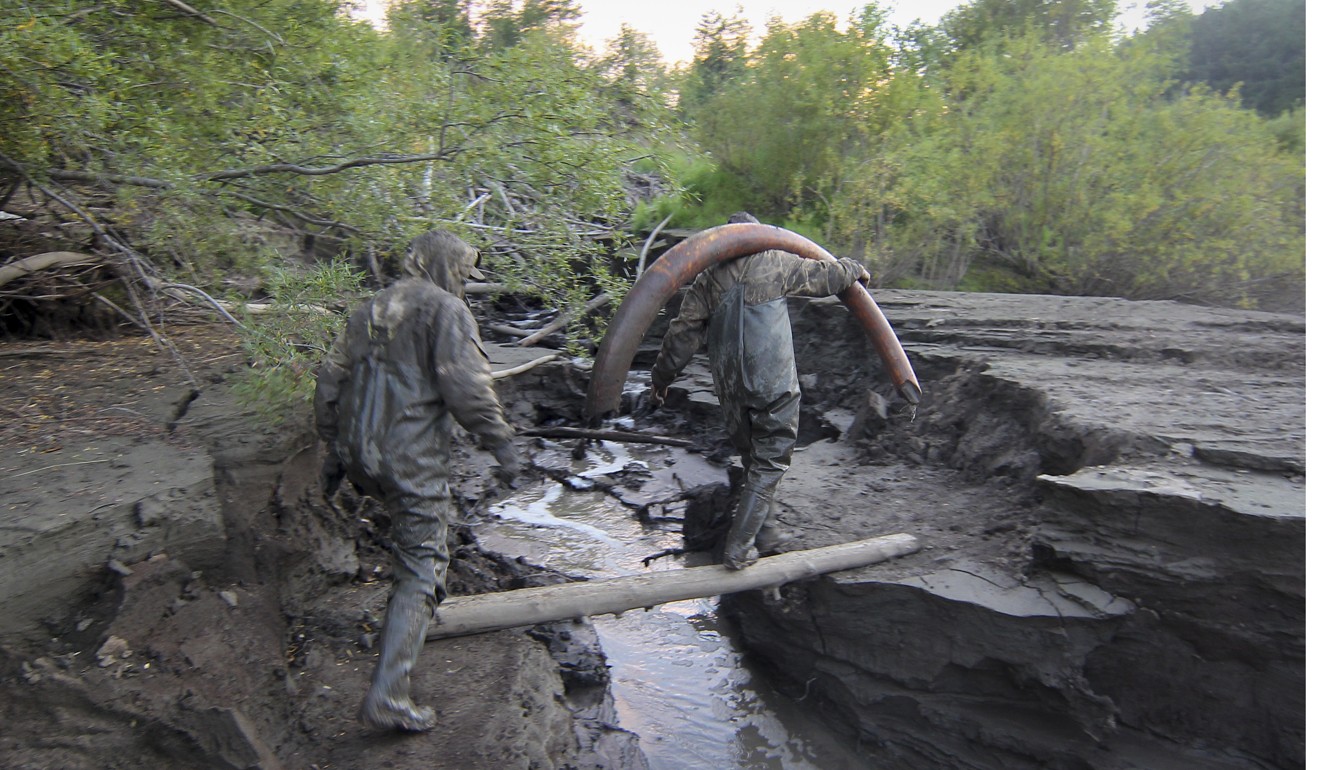
The jury is still out on whether this substitute can stop the poaching of African elephants, however. A recent study suggests the mammoth ivory trade has reduced the slaughter, but some experts warn mammoth tusks may be helping to raise the “overall demand” for ivory – and it could be used as a guise to “launder” ivory from Africa.
HK$2.7 million worth of ivory seized by Hong Kong customs officers
Many of the decades-old crafts stores lining the city’s Hollywood Road now display signs claiming that their products are carved out of “mammoth ivory”. In 2017, Hong Kong imported almost seven tonnes of the so-called ice ivory, mainly from Russia, valued at more than HK$8.5 million, according to figures from the Census and Statistics Department. In previous years, the figures were even higher: in 2014 alone, more than 50 tonnes of the raw material, valued at HK$118 million, was imported.
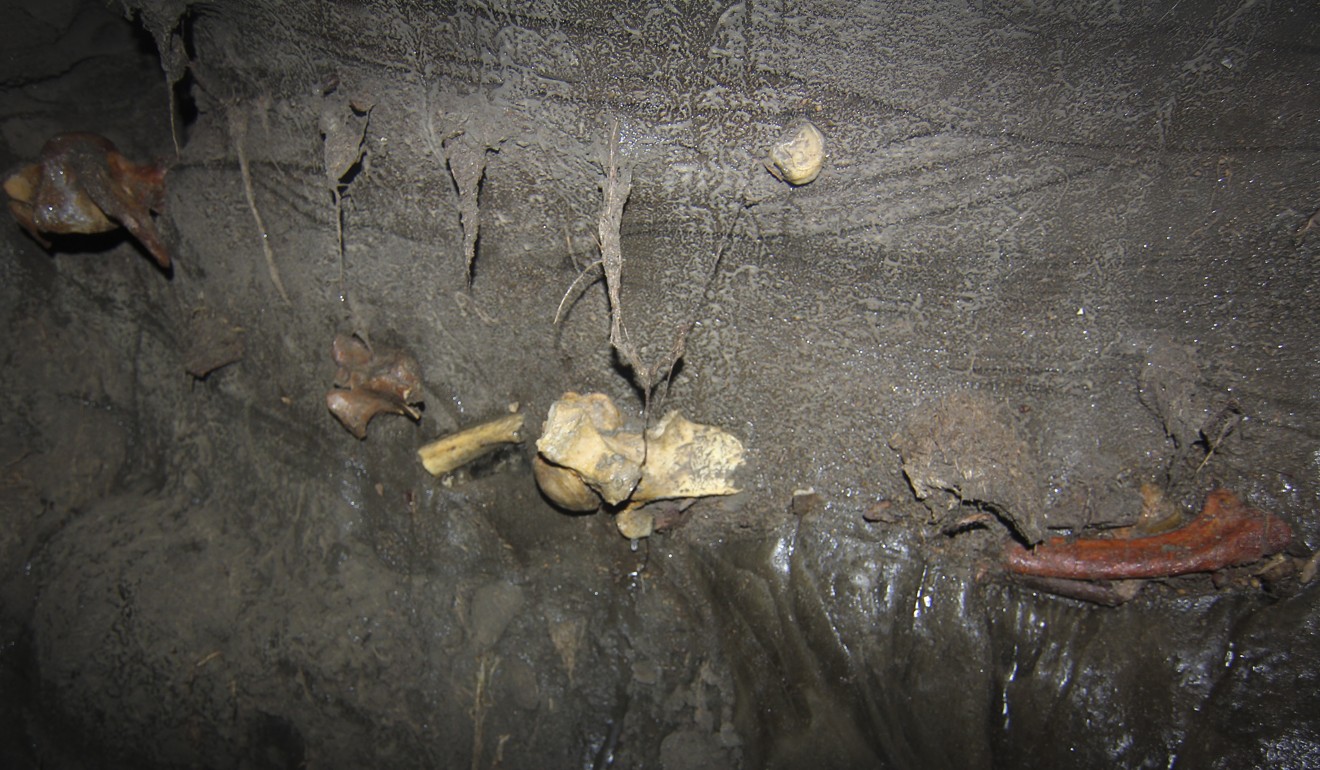
“Hong Kong is the main centre for mammoth ivory and has the largest number of items displayed for sale in any city in the world,” a 2015 report by charity Save the Elephants stated.
The last mammoths are believed to have died about 5,600 years ago, and experts say the remains of millions of them lie underground in the coldest parts of the planet.
All you need is a boat, some petrol, and a pump, and a bunch of friends willing to give it a try.
Now, rising temperatures are slowly thawing the permafrost, the layer of frozen soil that covers northern Russia, meaning their bones can be unearthed by breaking up the soil using water jets.
Most of the ivory is discovered by mammoth tusk hunters operating in northern Russia during the summer months.
“All you need is a boat, some petrol, and a pump, and a bunch of friends willing to give it a try,” says Amos Chapple, a photographer for Radio Free Europe / Radio Liberty, who spent three weeks with a group of tusk hunters in 2016. “Within the Siberian community, there are always viral videos of people washing away the dirt and this enormous tusk appears, earning them US$80,000 in a single day.”
What the social media videos don’t show is the gruelling weeks of work, and the fact many hunters will return home empty-handed. The explorers spend hours in “thick, gluey mud”, using water hoses to wash away the permafrost and create makeshift tunnels that “collapse all the time”, says Chapple. “There is a real recklessness with human life.”
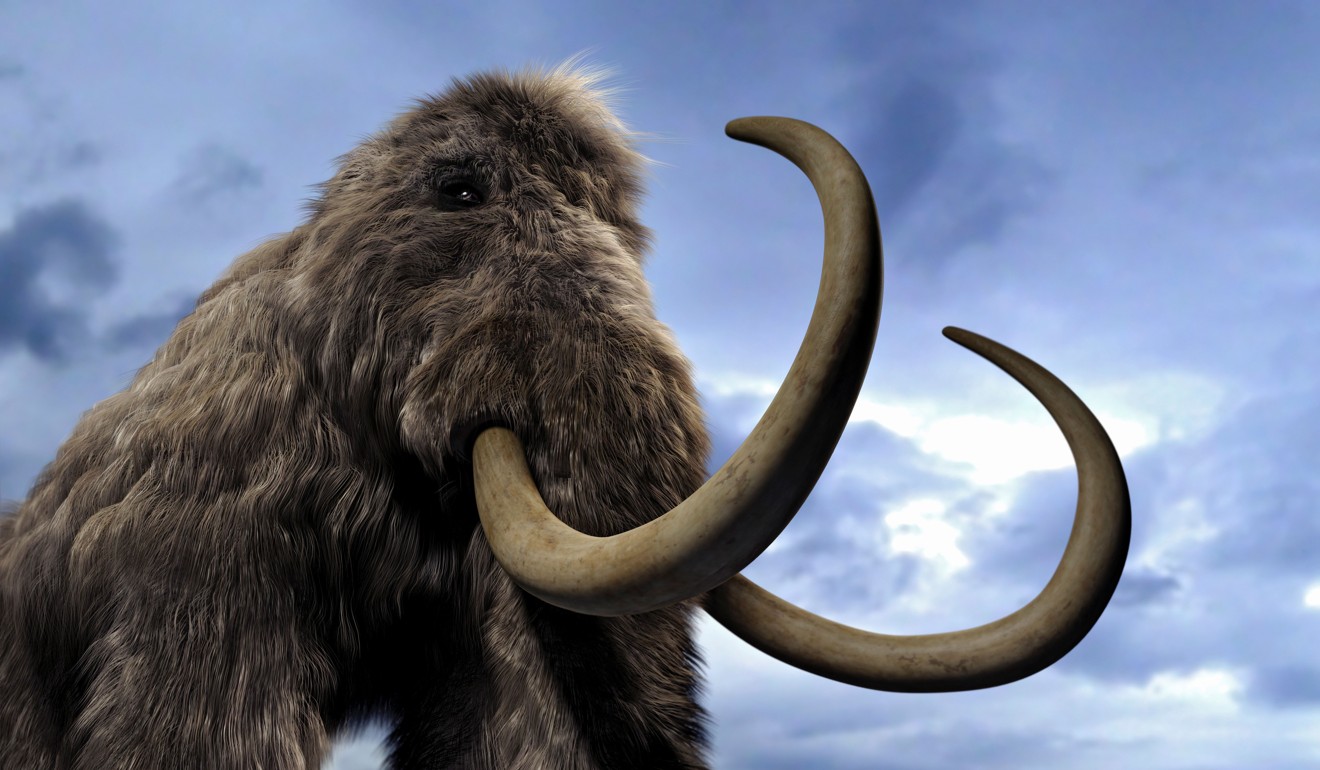
The use of water jets in excavations is banned in Russia, experts say, and many groups don’t have a licence to conduct these special kinds of tusk explorations. Therefore, the presence of strangers is generally frowned upon in the closed hunting community. “The hunters] are always on the watch for people who can give them away [to the authorities] or get them into trouble,” says Chapple.
As the trade grows, some scientists researching prehistoric fauna are concerned about the damage caused to archaeological sites and remains.
Hong Kong’s role in illegal wildlife trade is shameful
Daniel Fisher, director of the Museum of Palaeontology at University of Michigan, is concerned about the loss of “rare” tusks to the trade, saying that tusks can help scientists to understand how mammoths lived and what caused their extinction.
“There are not that many mammoth tusks available, and in contrast, there are many people looking for them,” he says.“These large tusks contain a wonderful record of [a mammoth’s] life history.”
In 2008, ivory miners unearthed a build-up of mammoth bones near an archaeological site north of the Arctic Circle. It’s suspected that the bones were used as tools and construction materials by humans in the area.
A study from the Journal of Archaeological Science, that focused on that particular site, detailed the disappearance of some of the bones, and warned of “the unique scientific information […] destroyed every year due to uncontrolled ivory mining across Yakutiya [a republic in northeastern Russia]”.
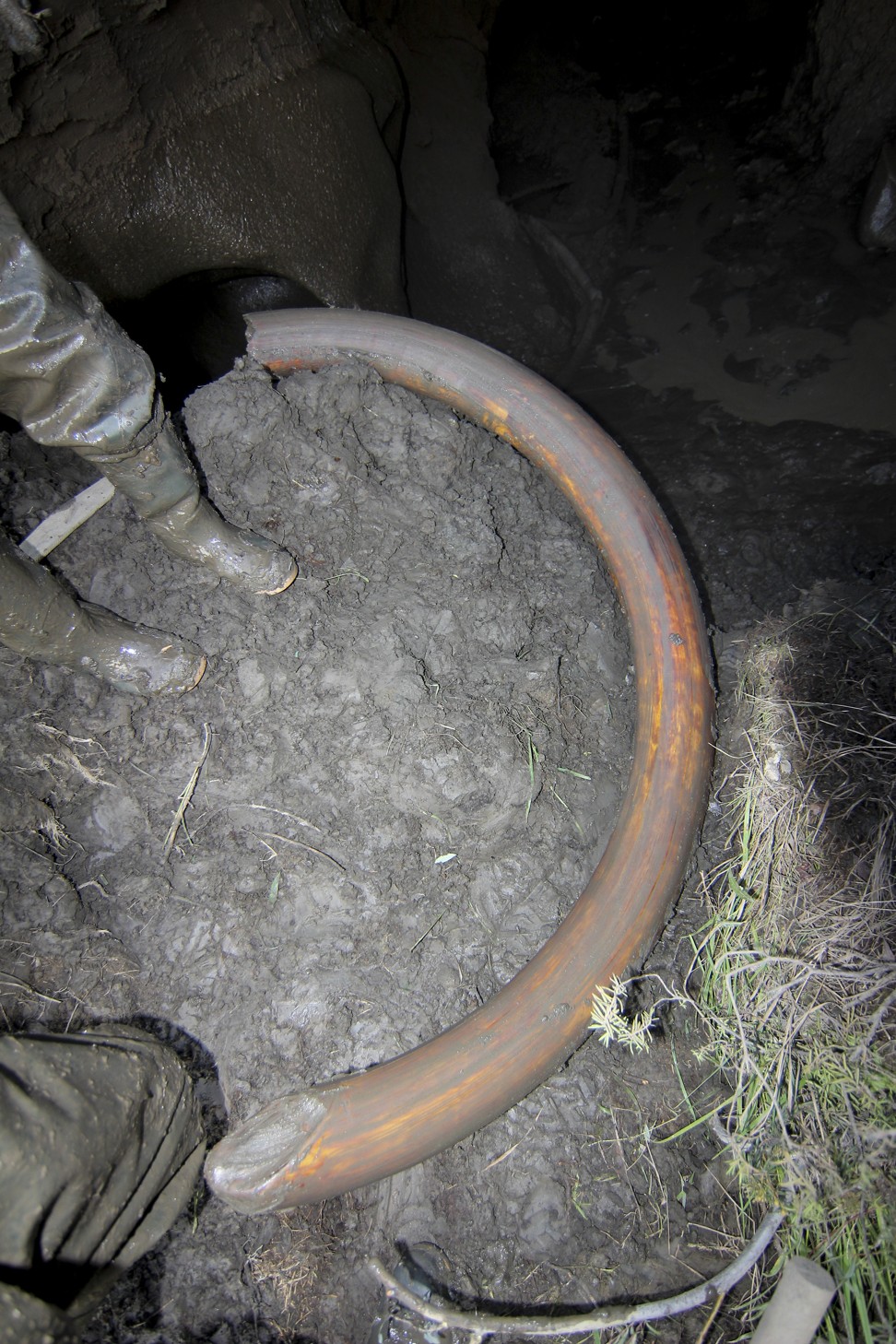
Other scientists defend collaboration with tusk hunters. According to Alexei Tikhonov, a scientist at the Laboratory of Mammals at the Zoological Institute of the Russian Academy of Science, its team often collaborates with tusk collectors because they bring back carcasses, mammoth bones and other materials that have no market value. “It’s good for us; many interesting discoveries have been made,” says Tikonov.
Jackie Chan, Yao Ming back ad campaign against illegal wildlife trade
Similarly, Valery Plotnikov, senior fellow of the department of mammoth fauna at the Academy of Science of the Sakha Republic, says that the region has “enough tusks in the museums”, and defends the benefits brought to a region whose economy has shrunk significantly since the collapse of the Soviet Union.
“Many local people from the north side of Yakutiya don’t have a job now, but many can make a living thanks to the trade of mammoth tusks,” he says.
The business has grown steadily since the trade in elephant ivory was restricted internationally in 1989. The BBC quoted conservation group WildAid Hong Kong saying the city had a stockpile of 670 tonnes of elephant ivory that year. But some Hong Kong dealers started looking for other materials that could be used as a substitute.
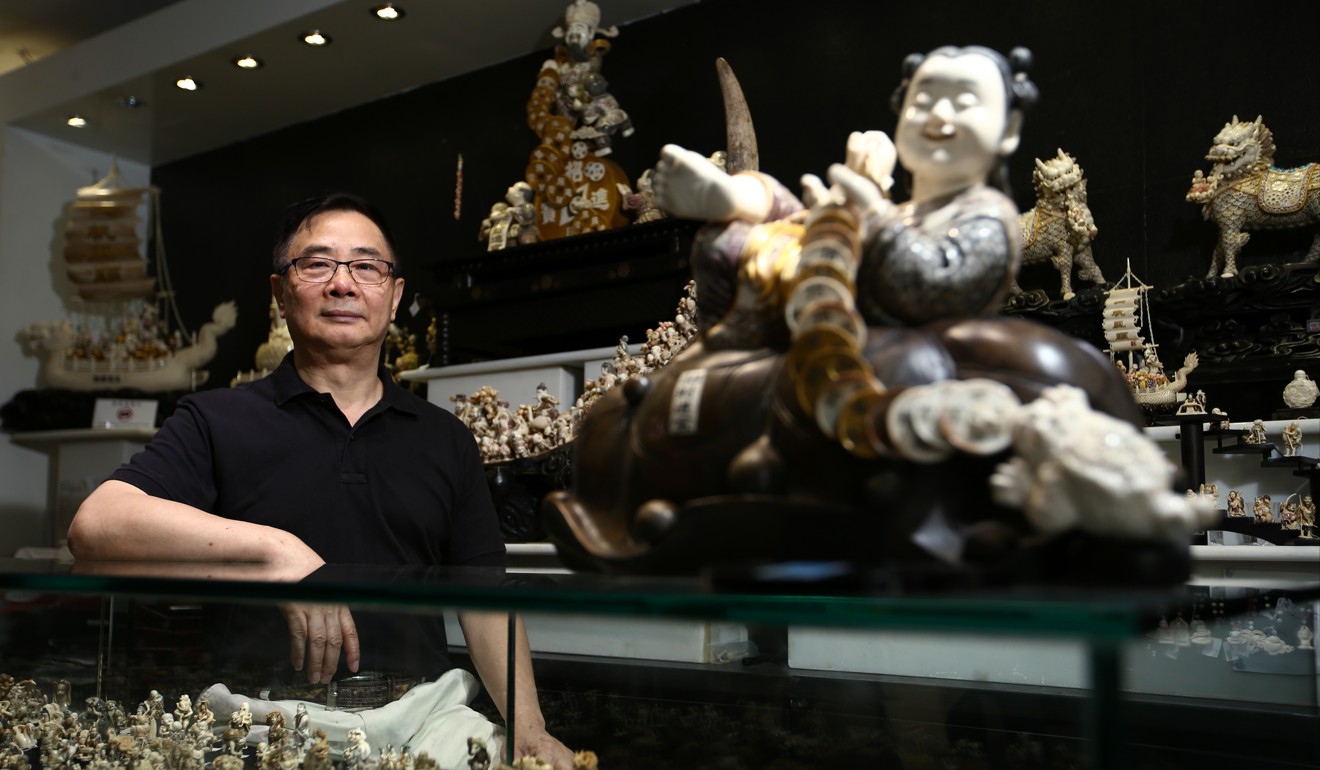
Chu Chung-shing, founder of the Hong Kong store Prestige Crafts, was one of the first ivory sculptors to use mammoth tusk in the region. He argues that they are of a higher quality than elephant tusks.
“Elephant ivory is hollow; it doesn’t offer that much flexibility for creation,” Chu says.
The difficulty in identifying whether an ivory product is of elephant or mammoth origin opens up opportunities for ivory from elephant poaching to be laundered in with mammoth ivory stock.
He adds that a kilogram of the best quality mammoth ivory can cost US$2,000, “up to 20 times” more than the city’s stockpiled elephant ivory. A carved piece of 10kg can be sold for HK$2.6 million (US$20 million), he says.
Many believe thatthe trade in mammoth ivory is helping to save African elephants, but others say it comes with risks. A 2015 study from Canada’s University of Calgary says that the export of 84 tonnes of Russian mammoth tusks to China and Hong Kong between 2010 and 2012 lowered the number of elephants poached from 85,000 to 34,000 per year.
“From an economic point of view, it’s indisputable that mammoth ivory reduces the price of elephant ivory and therefore it reduces the incentive for poaching elephants,” says Douglas MacMillan, professor of Conservation and Applied Resources Economics at the University of Kent, in Britain.
The ban on elephant ivory has slowed down some of the overall appetite for ivory by customers, some retailers say.
Steven Leung, owner of the shop Precious Mammoth, says: “Many clients do not buy any kind of ivory any more. They are confused, and some are worried about being caught by the police.”
Ex-pilot urges travellers to donate Asia Miles to fight wildlife crime
But the global conservation body WWF warns against the use of any product that can ultimately “stimulate” the demand for elephant ivory. “We need to convey the message that this is not a desirable object,” says Gavin Edwards, director of conservation at WWF Hong Kong.
At the same time, there are concerns that the trade in mammoth ivory can give traders an opportunity to launder illegal ivory.
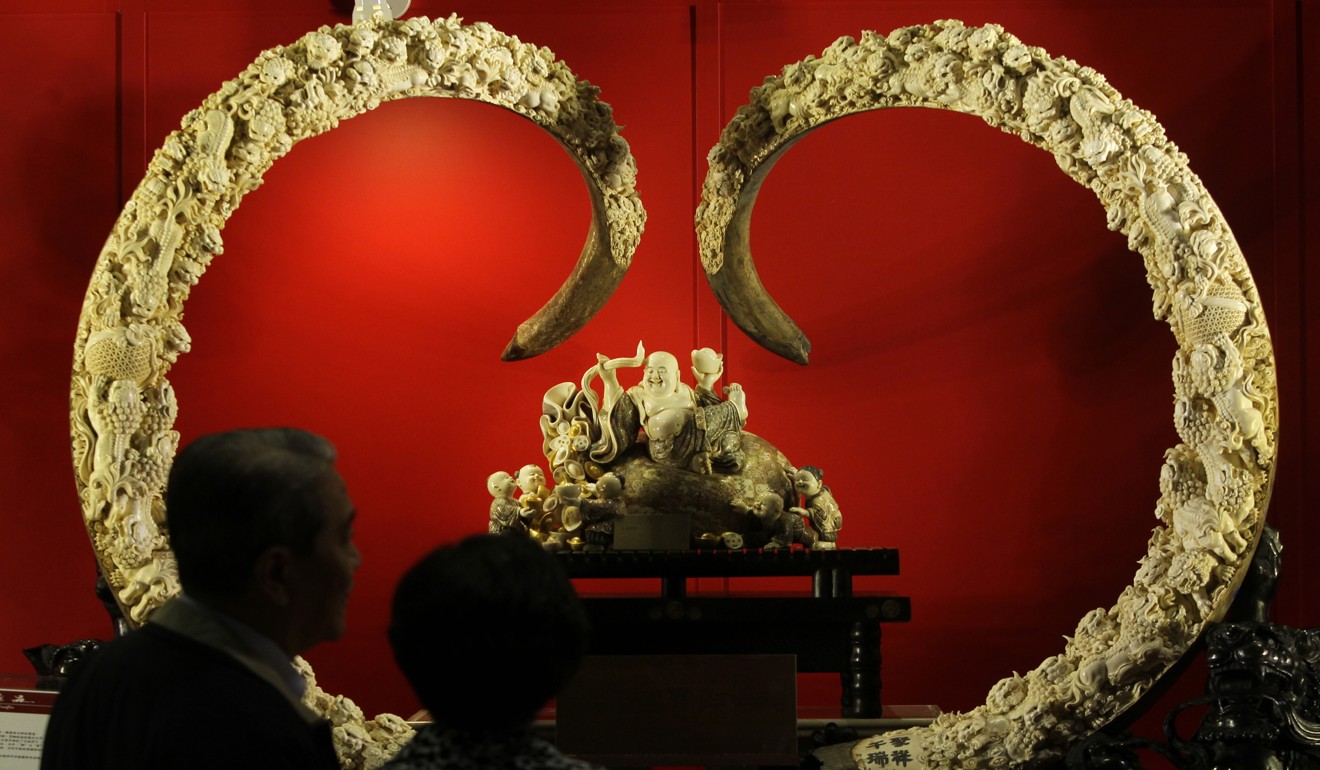
“The difficulty in identifying whether an ivory product is of elephant or mammoth origin opens up opportunities for ivory from elephant poaching to be laundered in with mammoth ivory stock,” says Hubert Cheung, a researcher of illegal wildlife trade at the University of Queensland.
Chu, the founder of Prestige Crafts, says that “a few” businesses might still traffic illegal elephant ivory, but predicts that it will fade away, as the demand for illegal ivory goes down. “Penalties are severe and the risk is just too high,” he says.
Saving rhinos: South Africa’s fight against Chinese demand for horns that’s pushing species to extinction
Chu also stresses that mammoth tusk dealers provide “authenticity certificates” after testing the age of the materials, and will be kept for further testing by the customs authorities if there are doubts about the provenance of the ivory.
To end the uncertainty once and for all, Lucy Vigne, a conservationist who has studied retail ivory markets in Africa and Asia for years, also suggests that the shops willing to preserve their reputation should drop the sale of small pieces and focus on the carving of big tusks, as their origin is easier to assess.
“Master carvers might take two or three years to carve a tusk, while thousands of trinkets can be produced every day. That’s what has produced the crisis in Africa,” she says.

